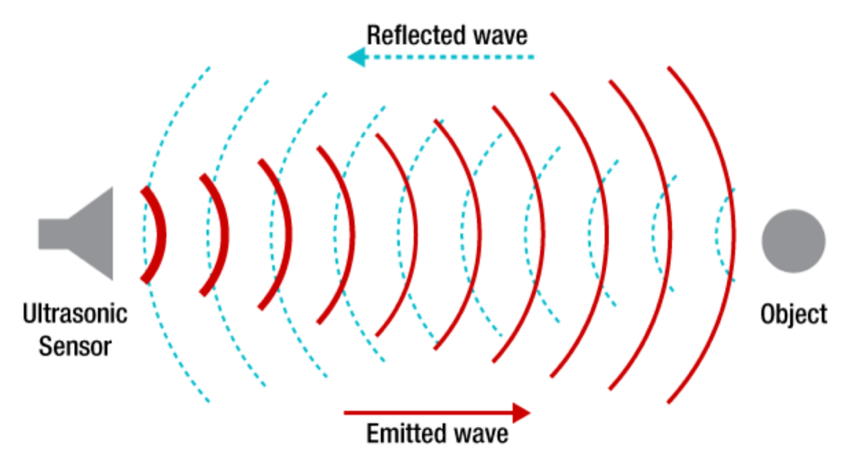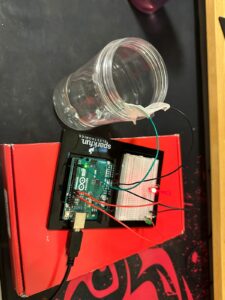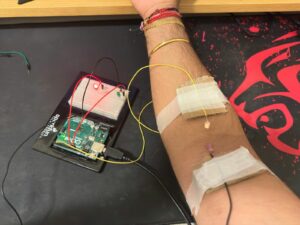For this assignment I have created a switch that activates an LED light when two jumper wires come into contact with a conductive liquid. Initially utilizing saltwater due to its well-known conductive properties, the project later incorporates laban, showcasing the project’s versatility and the unexpected utility of common substances in electronics. The switch operates on the principle that when the liquid completes the circuit between the two wires, the LED is powered on, demonstrating a basic but effective application of electrical conductivity and circuit design.
Concept:
The concept revolves around the exploration of electrical conductivity in liquids and the application of this property in creating an unconventional switch. Conductivity in liquids is often associated with the presence of ions. Saltwater, being rich in ions, is a good conductor of electricity. On the other hand, laban, while less conventional, also contains various salts and minerals that can facilitate the flow of electricity, making it a surprising but effective choice for this experiment.
How It Works:
Circuit Setup: The project utilizes an Arduino board as the control unit, a simple LED light as the output indicator, and two jumper wires inserted into two separate GPIO (General-Purpose Input/Output) pins on the Arduino. One of these pins is set up as an input to detect the circuit’s completion, while the other serves to provide a low voltage signal. The LED is connected to another GPIO pin on the Arduino, configured as an output.
Conductive Medium: The circuit is initially open, meaning the electrical path is incomplete, and the LED remains off. The introduction of a conductive medium (saltwater or laban) bridges the gap between the two jumper wires, allowing current to flow through the liquid and complete the circuit.
Detection and Response: When the Arduino detects the completion of the circuit through its input pin, it triggers the LED to turn on. This response acts as a visual indication that the circuit has been completed through the conductive medium.
Experimentation and Learning: By experimenting with different liquids like saltwater and laban, users can learn about the properties of electrical conductivity in a hands-on manner.
Video:
Image:







